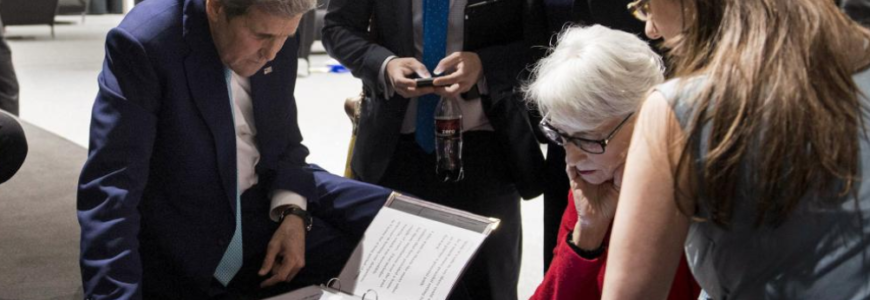
In the international negotiations that resulted in the 2015 agreement to limit Iran’s nuclear activities, I led the team of American diplomats representing the United States. During the talks, my Iranian counterparts would occasionally ask how they could be assured that any deal we struck would be durable. Most Republicans opposed it, and looking at the forthcoming 2016 U.S. presidential election, the Iranians wondered what would happen if the GOP took the White House. I would answer by asking them a similar question: “What if hard-liners opposed to the deal regained power in Iran?” It usually ended the discussion, as I thought it should: after all, I always expected that the greatest challenge to the deal’s success would be violations by Iran, not the political machinations of the president of the United States.
Of course, I was wrong. In May of this year, U.S. President Donald Trump decided to pull the United States out of the agreement and reimpose the U.S. sanctions on Iran that the deal had lifted, a move that will go down as one of the worst foreign policy blunders in U.S. history. The Iran deal was not perfect; no deal ever is. Nonetheless, the Joint Comprehensive Plan of Action (JCPOA), as the agreement is formally known, offered the best possible assurance that Iran would never obtain a nuclear weapon.

